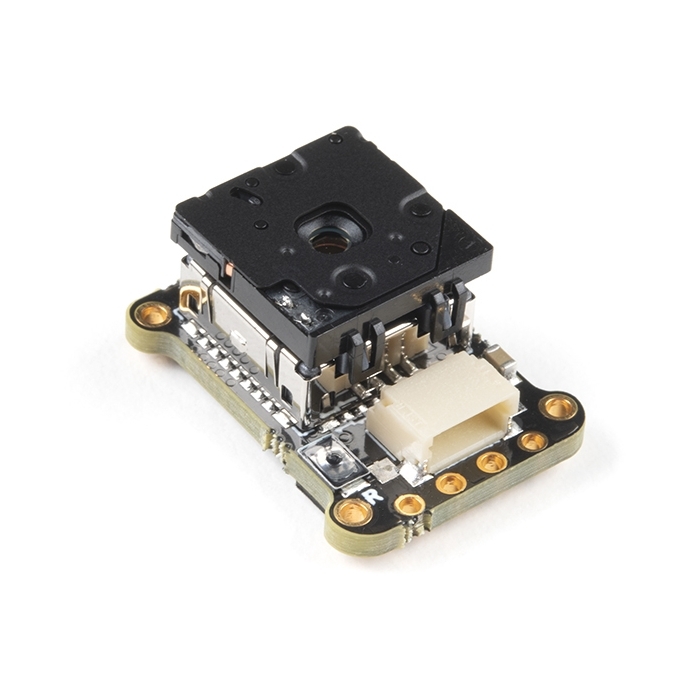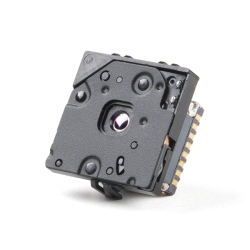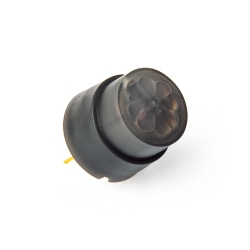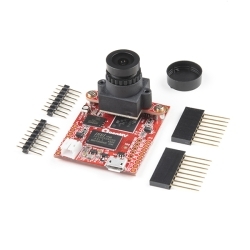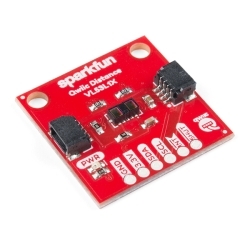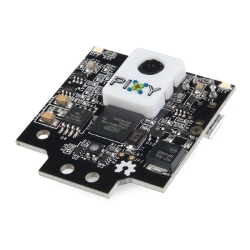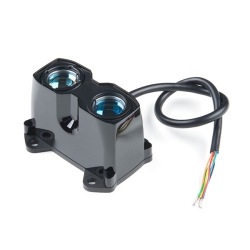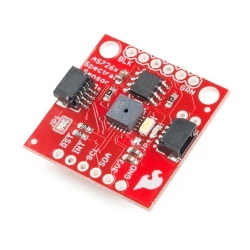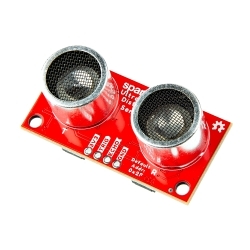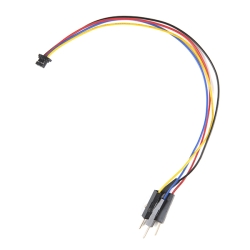PureThermal Mini Pro JST-SR (with FLIR Lepton 3.5)
The new PureThermal Mini Pro JST-SR with Thermal by FLIR® is a hackable thermal camera for the FLIR Lepton® thermal imaging camera core.
Product Overview
The new PureThermal Mini Pro JST-SR with Thermal by FLIR is a hackable thermal camera for the FLIR Lepton thermal imaging camera core. Just like its PureThermal 2 predecessor, it ships pre-configured to operate as a plug-and-play UVC 1.0 USB thermal webcam that will work with standard webcam and video apps on all major platforms using a JST-SR to USB Cable, or your own custom cable. For developers, its reference firmware and viewer software are open source.
It has multiple connection options such as solder straight to the board or a custom cable using the JST-SR port. The PTMini Pro also features four mounting holes, less complex circuitry, and perhaps best of all, USB DFU. This is a development kit ready to be embedded into a production system.
Each board comes with a FLIR Lepton 3.5.
The FLIR Lepton® is a radiometric-capable LWIR camera solution that is smaller than a dime, fits inside a smartphone, and is one tenth the cost of traditional IR cameras. Using focal plane arrays of either 160x120 or 80x60 active pixels, Lepton easily integrates into native mobile-devices and other electronics as an IR sensor or thermal imager. The radiometric Lepton captures accurate, calibrated, and noncontact temperature data in every pixel of each image.
Features & Specs
PureThermal:
- Compatible with all production FLIR Leptons, including radiometric 2.5 and 3.5 cores
- 9 Hz color video over usb using the USB UVC class
- STM32F412 ARM microprocessor - execute on-board image processing without need for an external system
- Open source reference firmware: GroupGets PureThermal Github
- Works with GetThermal - our custom open source thermal video display software for macOS and Linux with radiometric support
- DFU over USB using a JST-SR port to USB cable, or a modified USB cable and the through holes.
- Four mounting holes
- Compact form-factor ready to be embedded into production systems
FLIR Lepton 3.5:
- Thermal sensitivity: < 50 mK (0.050˚C)
- Spectral Range: 8 - 14 microns (nominal) Long Wave Infrared (LWIR)
- Resolution: 160h x 120v pixels
- Radiometric Accuracy - High Gain Mode: Greater of +/- 5°C or 5% (typical); Low Gain Mode: Greater of +/- 10°C or 10% (typical)
- Scene Dynamic Range - High Gain Mode: -10° to +140°C; Low Gain Mode: -10° to +400°C (at room temperature), -10° to +450°C (typical)
- Pixel Size: 12 micrometers
- Frame Rate: 8.7 Hz (effective)
- Output Format: User-selectable 14-bit, 8-bit (AGC applied), or 24-bit RGB (AGC and colorization applied)
- Horizontal Field of View (HFOV): 57°
- Lens Type: f/1.1
- Size (w x l x h): 10.50 x 12.70 x 7.14 mm
- Weight: 0.9 grams
- Power Consumption: 150 mW typical, 650 mW during shutter event, 5mW standby
- Optimum Operating Temperature Range: -10˚ to + 80˚C
Customer Reviews


